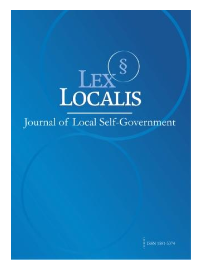THE DISSEMINATION OF DVARAVATI CULTURE: EARLY RELIGIONS IN LAOS
DOI:
https://doi.org/10.52152/801238Keywords:
Cultural Dissemination, Dvaravati Culture, Buddhism, Lao PDR, Laos, Northeastern ThailandAbstract
This article is part of a doctoral dissertation on Dvaravati art in the Lao PDR. Laos: Religious Forms and Symbolism in the Creation of Installation Art. This research is qualitative research. The purpose is to study the spread of Dvaravati culture in the Lao PDR. Laos: This research employed a descriptive qualitative research methodology, utilizing literature reviews and relevant research, comprehensive field visits, and interviews with experts and academics in both Thailand and the Lao PDR. The study encompassed both structured and unstructured data from Laos. This research collected data from February 2021 to December 2022.
The theoretical framework used for analysis includes cultural diffusion theory.
The research identified Dvaravati art that is found in Laos. Laos can be categorized into three primary groups: Buddha images, boundary stones, and Dharma wheels, which provide clear evidence of cultural dispersion from Thailand, especially from the Northeast, where this style of artwork is prevalent. The unique characteristics of Dvaravati art and its religious meaning in Laos PDR. Laos possesses a civilization characterized by the establishment of boundary stones extending from northern Thailand. The forms identified exhibit connections in both style and construction philosophy, alongside the practice of situating them around religious edifices. Moreover, several sandstone Buddha figures and Dharmachakras were discovered, reflecting the impact of Dvaravati culture while being adapted to local practices, a distinctive feature of Dvaravati culture in Laos.
Downloads
Published
Issue
Section
License
Copyright (c) 2025 Lex localis - Journal of Local Self-Government

This work is licensed under a Creative Commons Attribution-NonCommercial-NoDerivatives 4.0 International License.








